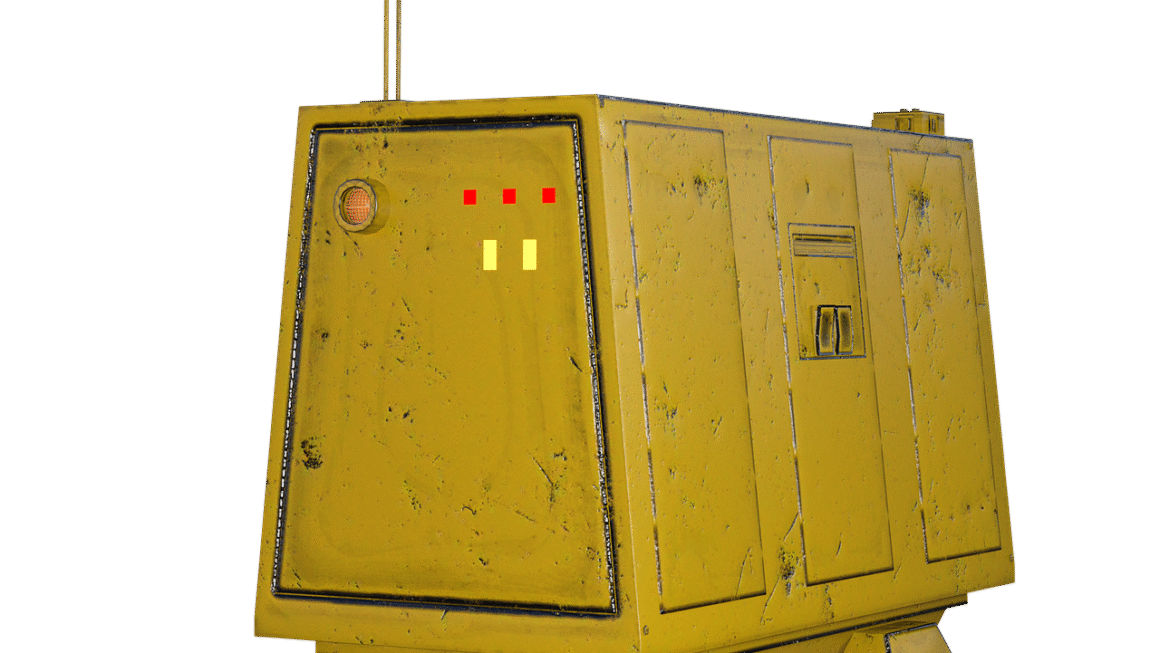Machine learning models are powerful tools, but they’re not infallible. While overfitting often steals the spotlight, underfitting presents a significant challenge in achieving accurate and reliable predictions. An underfit model is like trying to understand a complex novel after only reading the first chapter – you simply don’t have enough information to grasp the nuances. This post delves deep into the concept of underfitting, exploring its causes, consequences, and, most importantly, how to combat it and build more robust models.
Understanding Underfitting in Machine Learning
What is Underfitting?
Underfitting occurs when a machine learning model is too simplistic to capture the underlying patterns and relationships in the training data. It’s essentially the opposite of overfitting, where the model is too complex and learns the noise in the data. An underfit model performs poorly on both the training data and unseen data, indicating a lack of generalization ability. It fails to capture the essential features that predict the target variable effectively.
- Key Characteristic: High bias and low variance. The model consistently makes the same types of errors, regardless of the data it’s trained on.
- Analogy: Imagine trying to fit a straight line to data that clearly follows a curved pattern. The straight line, no matter how you adjust it, will never accurately represent the data.
Why Does Underfitting Happen?
Several factors can contribute to underfitting:
- Model Simplicity: Using a model that is inherently too simple for the complexity of the data. Examples include using a linear regression model when the data has non-linear relationships or using a shallow decision tree for a complex classification problem.
- Insufficient Training Data: Not providing the model with enough data to learn the underlying patterns. A small dataset might not be representative of the overall population, leading the model to learn a biased representation.
- Inadequate Features: Lack of relevant features or using features that are not informative enough. If the features used to train the model don’t correlate well with the target variable, the model will struggle to learn meaningful relationships.
- Excessive Regularization: While regularization is used to prevent overfitting, applying it too aggressively can lead to underfitting. Strong regularization penalizes complex models, potentially forcing the model to be overly simplistic.
The Consequences of Underfitting
Underfitting can have serious consequences in real-world applications:
- Poor Predictive Performance: The model will make inaccurate predictions, leading to incorrect decisions and potentially significant financial losses.
- Inability to Generalize: The model will not be able to perform well on new, unseen data, limiting its usefulness in real-world scenarios.
- Wasted Resources: Investing time and resources in a model that is fundamentally incapable of solving the problem is inefficient and unproductive.
Identifying Underfitting
Analyzing Performance Metrics
The most direct way to identify underfitting is by examining the model’s performance metrics on both the training and validation datasets.
- High Error Rates: Underfitting typically results in high error rates (e.g., high Mean Squared Error for regression or low accuracy for classification) on both the training and validation sets.
- Small Gap Between Training and Validation Error: Unlike overfitting, where the training error is significantly lower than the validation error, underfitting exhibits a relatively small difference between the two. This indicates that the model is not even fitting the training data well.
- Learning Curves: Plotting learning curves (training and validation error as a function of the training set size) can be insightful. Underfit models show that both curves converge to a high error value, indicating that adding more data will not significantly improve performance.
Visual Inspection of Predictions
Sometimes, a visual inspection of the model’s predictions can reveal underfitting.
- Regression: If you’re working on a regression problem, plot the predicted values against the actual values. An underfit model will show a weak correlation between the two, with predictions often being far from the true values.
- Classification: In classification, visualize the decision boundary of the model. An underfit model will typically have a simple, linear decision boundary, even if the data is highly non-linear.
Strategies to Combat Underfitting
Choosing a More Complex Model
The most common solution to underfitting is to use a more complex model that can capture the underlying patterns in the data.
- From Linear to Non-Linear: If you’re using a linear model (e.g., linear regression, logistic regression), consider switching to a non-linear model (e.g., polynomial regression, decision trees, support vector machines with non-linear kernels, neural networks).
- Increasing Model Complexity: For tree-based models, increase the depth of the trees. For neural networks, add more layers or neurons.
Feature Engineering and Selection
Improving the quality and relevance of the features can significantly enhance the model’s ability to learn.
- Adding New Features: Create new features by combining existing ones or incorporating external data sources. Domain knowledge is crucial here. For example, in a sales forecasting model, adding features like holidays or seasonal trends can improve performance.
- Feature Transformation: Apply transformations to existing features to make them more suitable for the model. For example, use polynomial features to capture non-linear relationships or apply scaling techniques (e.g., standardization, normalization) to improve the model’s convergence.
- Feature Selection: Carefully select the most relevant features and remove irrelevant or redundant ones. This can help the model focus on the important patterns in the data and reduce noise. Techniques like Principal Component Analysis (PCA) or feature importance rankings can be used for feature selection.
Increasing Training Data
Providing the model with more training data can help it learn more robust and generalizable patterns.
- Data Collection: Collect more data if possible. This is often the most effective way to improve model performance.
- Data Augmentation: Generate synthetic data by applying transformations to existing data points. This can be useful when it’s difficult or expensive to collect more real data. For example, in image classification, you can augment the data by rotating, cropping, or flipping images.
Reducing Regularization
If you’re using regularization techniques (e.g., L1, L2 regularization), reduce the regularization strength to allow the model to learn more complex patterns.
- Adjust Regularization Parameter: Experiment with different values for the regularization parameter (e.g., alpha in ridge regression or C in support vector machines). Start with a smaller value and gradually increase it until you find a good balance between bias and variance.
- Remove Regularization: In some cases, removing regularization altogether might be necessary if the model is severely underfitting.
Practical Examples and Considerations
Example: Housing Price Prediction
Imagine you’re building a model to predict housing prices based on features like square footage and number of bedrooms. If you use a simple linear regression model and find that it consistently underestimates the prices of larger, more luxurious homes, this is a sign of underfitting. A more complex model, like a decision tree or a neural network, might be better suited to capture the non-linear relationships between house features and price. Adding features like location, age of the house, and quality of construction could also significantly improve the model’s performance.
Example: Image Classification
Consider a scenario where you’re training a model to classify images of cats and dogs. If you use a simple model with only a few layers, it might struggle to distinguish between different breeds or poses. Increasing the number of layers or using a convolutional neural network (CNN) architecture, which is specifically designed for image recognition, would likely improve the model’s accuracy. Data augmentation techniques, such as rotating or cropping the images, can also help the model generalize better to unseen images.
Key Considerations
- Iterative Process: Addressing underfitting (and overfitting) is an iterative process. You’ll likely need to experiment with different models, features, and hyperparameters to find the best solution.
- Cross-Validation: Always use cross-validation to evaluate the model’s performance and ensure that it generalizes well to unseen data.
- Bias-Variance Tradeoff: Remember the bias-variance tradeoff. Reducing bias (underfitting) can sometimes increase variance (overfitting), and vice versa. The goal is to find a model that balances both.
Conclusion
Underfitting, though often overshadowed by overfitting, is a crucial consideration in machine learning. Recognizing the signs of an underfit model and applying the appropriate techniques to address it are essential for building accurate and reliable predictive models. By understanding the causes of underfitting and implementing strategies such as choosing more complex models, engineering better features, and adjusting regularization parameters, you can overcome this challenge and unlock the full potential of your machine learning projects. Remember that a well-tuned model, neither underfit nor overfit, is the key to success in real-world applications.



